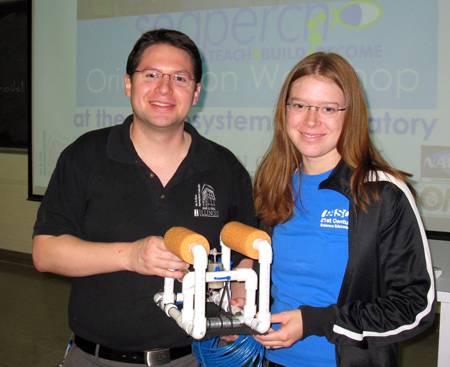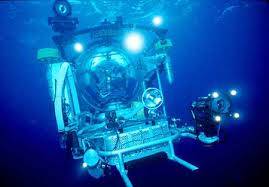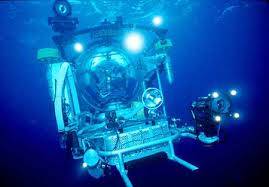U of I has blazed trails in underwater robot research. A few years ago, researchers in the Civil and Environmental Engineering program partnered with high school teachers to learn about and build underwater robots. While this was cool, it wasn’t until I went to Key West where the importance of underwater robots struck home.
Although I had a wonderful experience visiting Key West, I will never forget the odd sickness I had after eating a grouper — a type of fish — while on vacation. I was alarmed to hear from the doctor that my sickness was due to ciguetara poisoning, which is especially prevalent when a large amount of algae are blooming in the ocean. Curious, I researched more about the history of marine poisoning.
Most strikingly, I found that since plastic production began in the 1950s, plastic debris has been rapidly collecting in marine environments, and this debris is causing harm to the marine life.
OK, right, there’s plastic in the ocean and it’s sad. But where do the robots come into this?
Enter underwater robots.
 Robots like the one pictured here (image courtesy of ecc.illinois.edu) are being used by scientists to more efficiently monitor marine pollution.
Robots like the one pictured here (image courtesy of ecc.illinois.edu) are being used by scientists to more efficiently monitor marine pollution.
The robots, operating as ROV (remote-operated vehicles), are going to be able to detect pockets of heavy plastic debris faster and more comprehensively. Consequentially, crews will be able to remove the garbage faster.
These robots work with the help of acoustic waves which can transmit signals through water better than radio or optical waves. The latter are subject to conditions like sunlight, turbulence, and wind.
Scientists are working to develop technology on the underwater robots which harnesses acoustic waves to better monitor the waters and travel longer under the water. Better sensing and transmission of plastic-pollution data by these robots could help protect the oceans and lakes that cover nearly three-quarters of our planet’s surface and support the life of nearly half of its species.
Robotics can aid Earth’s life processes. The field of robotics has many applications currently, and its underwater use is an emerging use. The integration of technology with nature is a delicate process that is constantly evolving.

I personally envision a future in which there could be underwater platforms of robots that exchange data with humans on land. And for communications among each other, the robots could exchange information similar to the way marine animals such as whales and dolphins communicate: acoustically.
Seeing that we live in an increasingly throw-away society, making the waters a cleaner space could not only benefit the marine life, but also support humans who directly or indirectly depend on the marine environment. The scientific effort to understand how the “plastisphere” influences the ocean environment has become a vibrant and growing field of study, and underwater robots will be of great assistance in this endeavor.
Once again, U of I is leading the way in developing technology to sustain our planet and improve our future.








